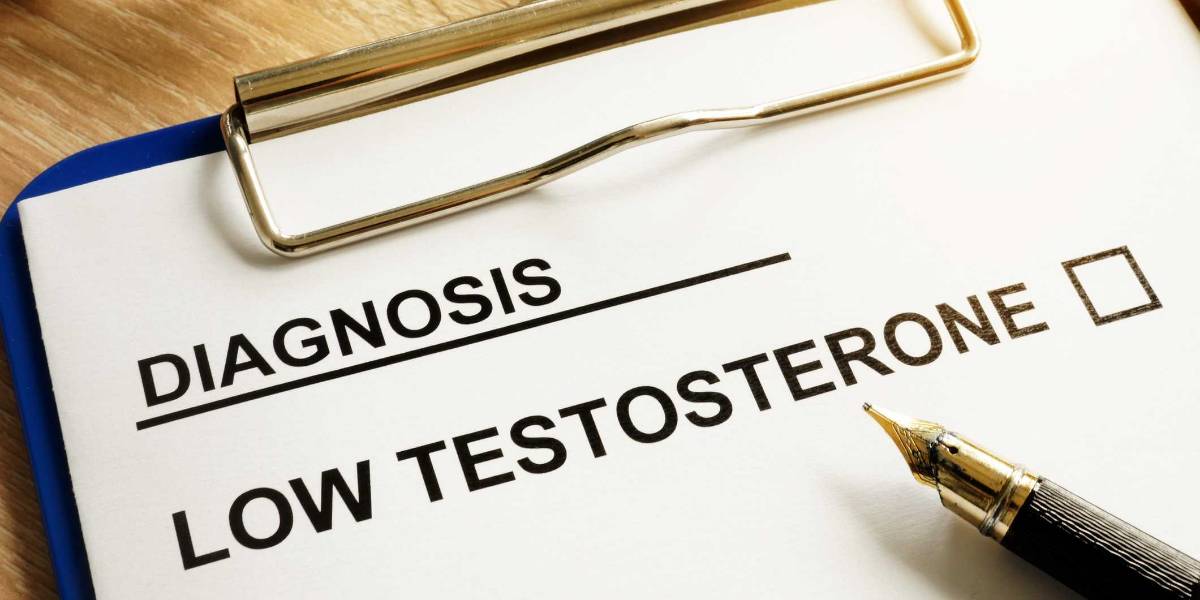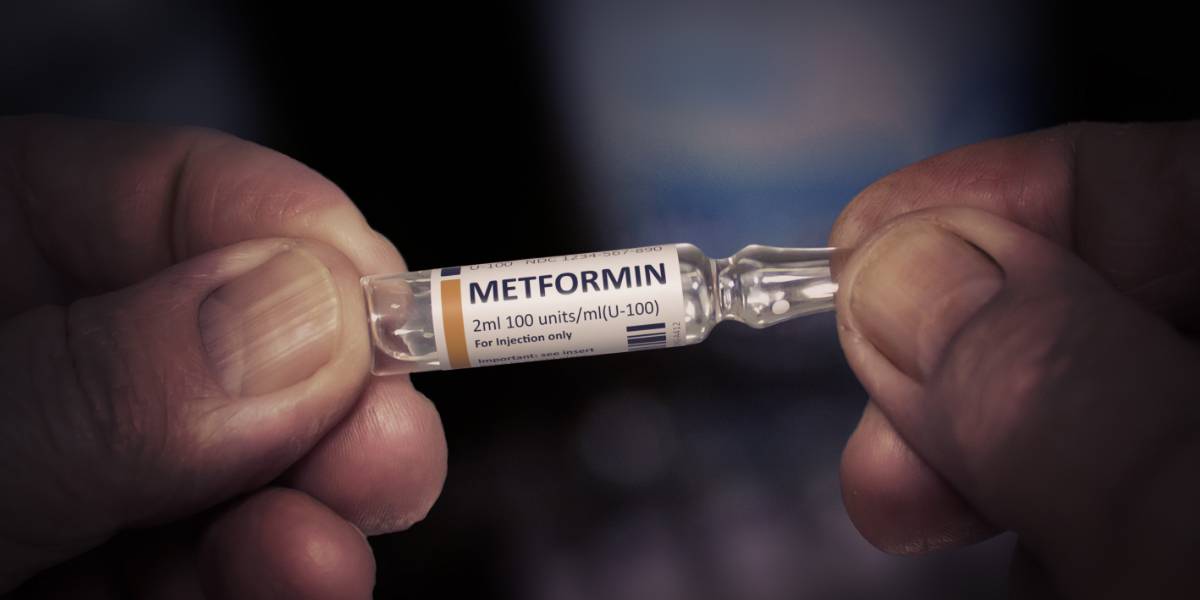Known as the andropause or late-onset hypogonadism, the male menopause is a term used to describe low or decreasing testosterone levels in men.
Menopause in women is well documented, but the male menopause is less known.
While low sex drive and difficulty maintaining muscle mass are well known symptoms of low testosterone, there are other, less documented effects of reduced levels of the male sex hormone.
Testosterone, which is mainly produced in the testicles, has a role to play in bone density, sperm production, fat distribution and facial and body hair.
Testosterone levels peak at around age 20 but reduce with age – studies have shown that low testosterone affects around 12% of men in their 50s, 19% of men in their 60s, 28% in their 70s, and 49% of men in their 80s.
What are the symptoms of the male menopause?
The most common signs of low testosterone include:
Low sex drive and erectile dysfunction
As the primary driver of libido, when testosterone levels drop, it can result in a lack of interest in sex.
In addition, it is more difficult to get an erection with low testosterone levels, as the erectile tissue can become less healthy in someone with reduced levels of the hormone. It can cause erectile dysfunction, and can also reduce the effectiveness of drugs like Viagra.
Depression
Although more research is needed to better understand the link between low testosterone and depression, it is known that androgen receptors are located within different parts of the brain, including amygdala, the area of the brain which processes fear.
Memory problems
In a similar way, if there is not enough testosterone to bind certain receptors in the brain, it could cause memory problems.
Fatigue
Energy and motivation levels are driven primarily by testosterone, which is also a type of steroid. As testosterone levels lower, it means men will feel more tired as the day goes on.
Decreased muscle mass
Testosterone stimulates muscle growth so reduced levels mean that muscle mass starts to decline. However, it can be rebuilt through strength training.
Increased abdomen fat
More belly fat can be a sign of low testosterone. It occurs because fatty adipose tissue replaces muscle mass. Increasing amounts of fat tissue break down testosterone, resulting in low levels of the hormone.
Weak bones
Testosterone is converted into oestrogen in men. Oestrogen has a key role to play in bone health, so men with lower levels of testosterone will have reduced oestrogen. This can lead to osteoporosis, which is when someone has weak bones.
Type 2 diabetes
Insulin is dependent on testosterone, so for insulin to function well, you need testosterone. If insulin function is diminished, it can lead to high blood sugar and type 2 diabetes. One study found that testosterone therapy helped to combat insulin resistance in men with low levels of testosterone.
Heart disease
Some research has indicated that low testosterone could increase the risk of heart disease, cardiac arrest and stroke. One school of thought is that it could be due to testosterone’s role in opening up blood vessels to the heart.
However, experts are divided about the link between low testosterone and heart disease.
Is there a relationship between the male menopause and diabetes?
Low testosterone levels which is the cause of the male menopause is more common in men with type 2 diabetes.
Approximately 25-50% of men with type 2 diabetes have low testosterone levels.
Although the exact reason hasn’t been identified, it is thought that insulin resistance, a key component of type 2 diabetes, may play a role in disrupting hormone production.
Obesity is a significant risk factor for type 2 diabetes and can also lead to lower testosterone levels.
How do I treat the male menopause?
The male menopause is a natural process and just like the female menopause, people experience symptoms differently.
Treatment of the male menopause is made of several different therapies.
Lifestyle changes
A healthy, nutritious diet and regular exercise can help increase testosterone levels, promote hormone balance, and improve your mood. Maintaining a healthy weight is useful as excess fat can convert testosterone into estrogen.
Stress management
Stress can affect your hormone balance.
Activities like yoga, meditation and mindfulness can help reduce stress levels and balance your hormones.
Counselling
Speaking to a therapist about the changes you are going through can prove effective for some people.
Medication
Medication may be prescribed to manage particular symptoms, such as mood changes or erectile dysfunction.
Hormone Replacement Therapy (HRT)
HRT involves testosterone supplementation to help balance hormone levels however has many potential side effects including an increased risk of heart disease.
It is crucial to speak to your doctor or healthcare team before making any changes to your lifestyle and to ensure treatment is individualised for you.




